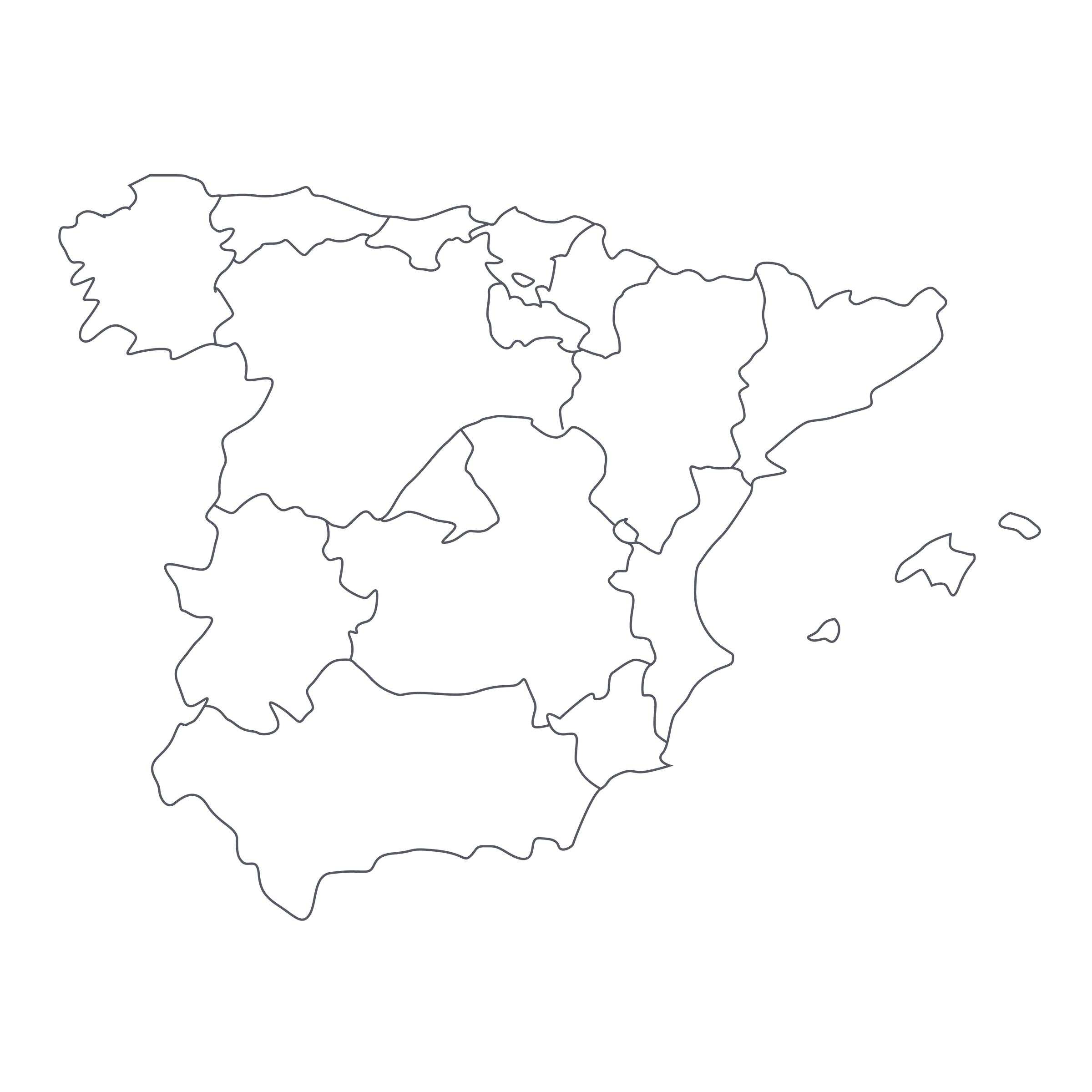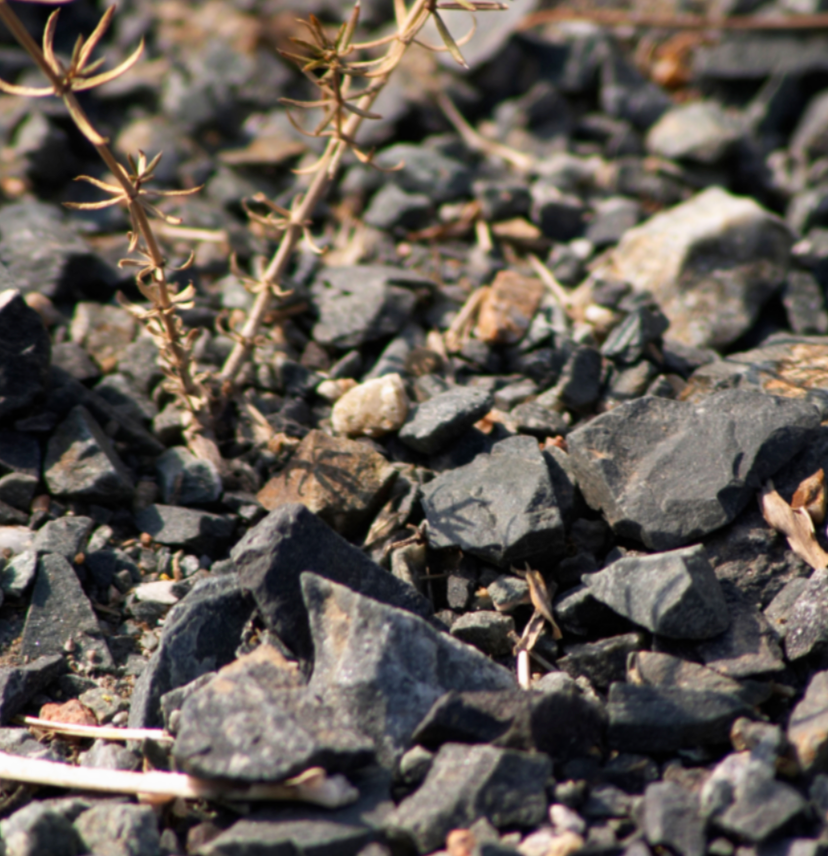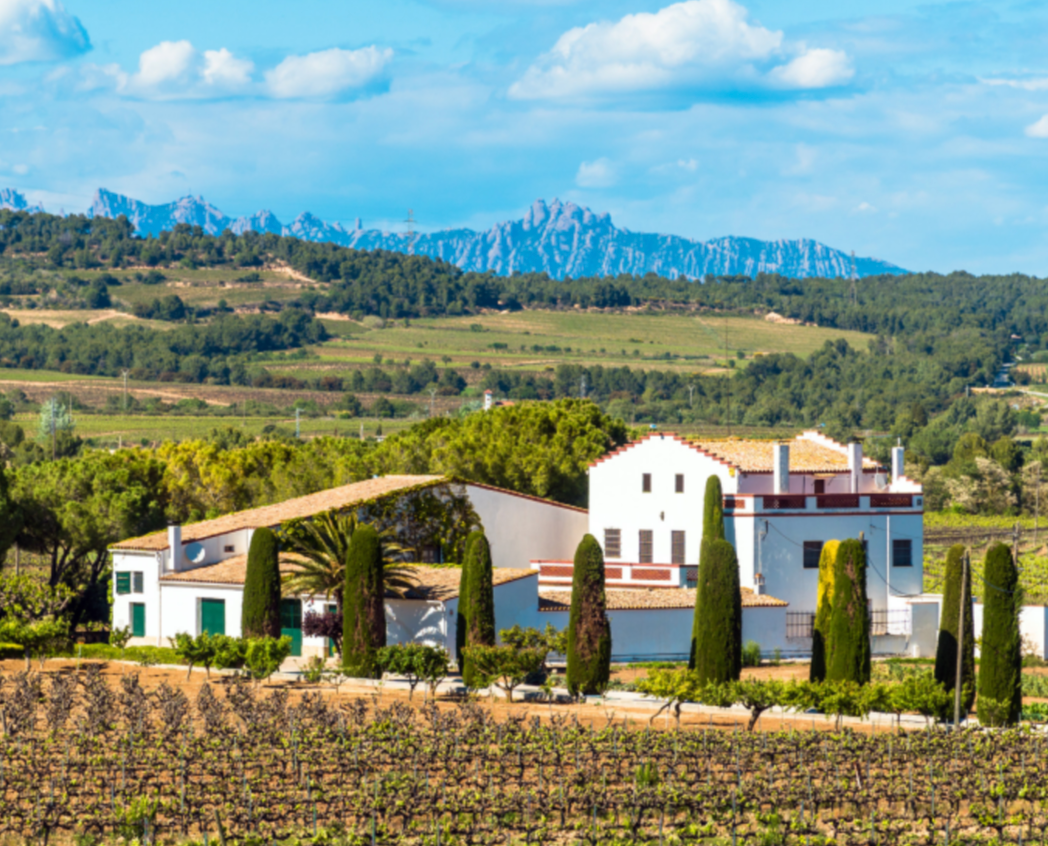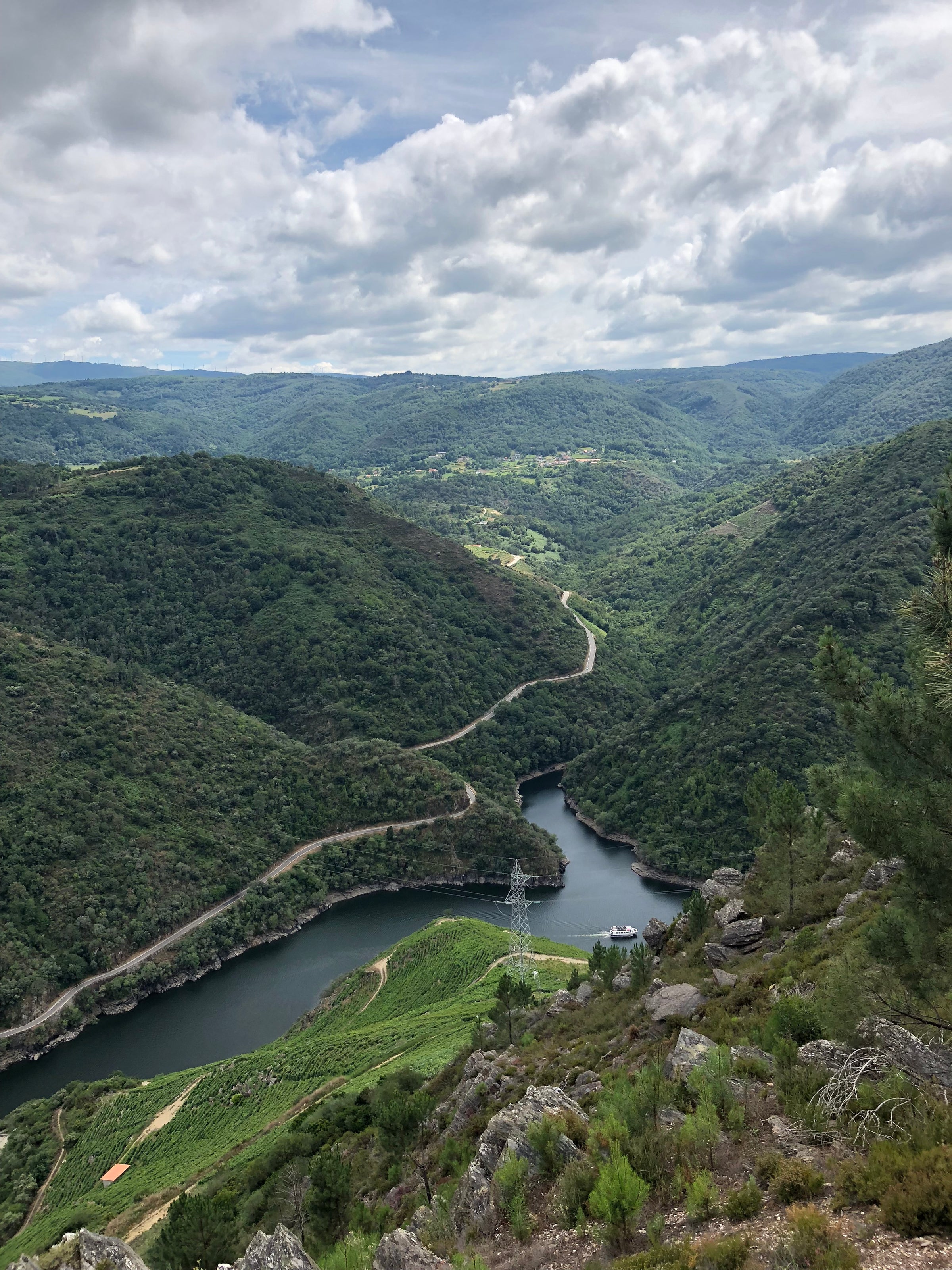“Palacios” is one of the most powerful surnames in Spanish wine, thanks to the pioneering work (and prolific procreation) of Don José Palacios Remondo, whose namesake winery in Rioja, founded in 1945, is one of that region’s lodestars. Many of Don José’s nine children went on to become accomplished winemakers themselves, including Rafael Palacios. His wines from the Godello grape rank among the most important whites coming out of Spain today.
Palacios has been called a “revolutionary” for embracing Godello, which still takes a back seat to Albariño as Galicia’s white variety of note, but it’s worth adding that this embrace is conditioned on the variety growing in a very specific part of the Valdeorras DO, at high elevations, in soils of decomposed granite. When he first hung out his shingle in 2004, Palacios identified the Val do Bibei, a rugged sub-zone of Valdeorras, as the ideal terroir to bring out the best in Godello. Historically, Godello has been known to produce reliably juicy, tasty whites, not the kind of structured, layered, mineral-etched beauties that are the Palacios signature. Today’s “Louro” is his modestly priced, “entry-level” Godello, yet it’ll blow away countless Spanish and French wines costing twice as much. This is way more than quaffable—this is serious, critically acclaimed white wine, farmed and crafted in the most skillful manner possible. We are truly blessed to be able to acquire some at this price!
Like many of the best wines coming out of Galicia these days, the Rafael Palacios lineup is about renewal and revival. The steep, cavernous river valleys of Galicia, of which Valdeorras (“valley of gold”) is one, are not easy places to grow grapes. Vineyards across Galicia were abandoned en masse because there wasn’t anyone available to work them anymore. Intrepid winemakers like Palacios were convinced that the terroir of Galicia was worth the investment and the work: He assembled a collection of vineyards methodically, cobbling together 32 different parcels totaling about 24 hectares. These sites are all clustered around the hamlet of O Bolo, high above the Bibei River at elevations of 600-740 meters. At these elevations, vineyard soils are dominated by sandy decomposed granite, which Palacios believes is the secret sauce behind great Godello (go-DAY-yo).
“Louro” is the Valdeorras Godello equivalent of a village-level Burgundy (after which you climb the ladder to the old-vine “As Sortes” and then to rarefied single-vineyard bottlings such as “Sorte Antiga” and “O Soro,” the latter of which received 100 points from the Wine Advocate). The full name of the entry-level wine is Louro do Bolo, and it comes from younger parcels around O Bolo (they’re “only” about 25 years old on average); fermentation is carried out spontaneously in 35-hectoliter oak foudres, and the finished wine ages in those same casks, on its fine lees, for about four months before bottling.
If you’ve ever tasted Godello before (and are perhaps expecting something fleshier and more tropical), this wine is a full reset—more taut and mineral than what’s typical for the variety, but still blessed with ample fruit and glycerin-rich texture. In the glass, it displays a pale straw-gold core with green reflections on the rim. Aromas are assertive and complex—not unlike a generous Sancerre—with notes of yellow apple, green melon, lime leaf, green papaya, lemon oil, white wildflowers, wet herbs, a touch of stirred lees, and crushed stones. It is medium-plus in body, with a brilliant combination of lift and viscosity. The balance of extract and acidity/minerality is just impeccable, especially at this price, and the pairing possibilities are endless. Serve it in large all-purpose stems or even red Burgundy bowls to unleash its full potential, allowing the temperature to climb to around 50 degrees. When seafood is on the menu, look no further. Enjoy!










